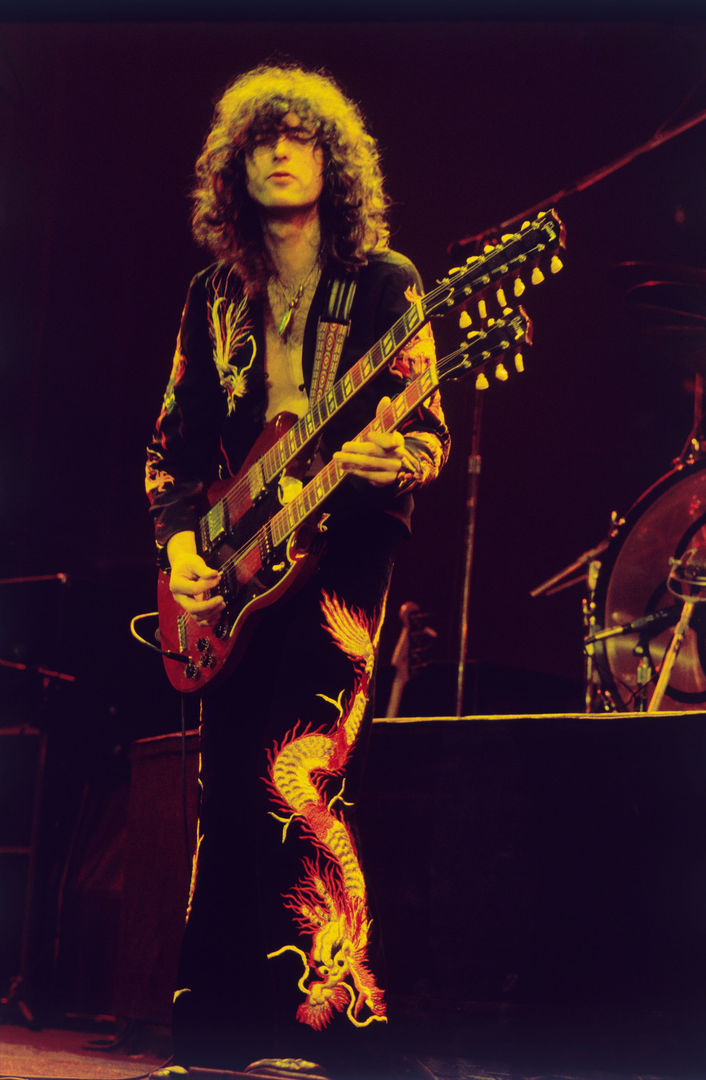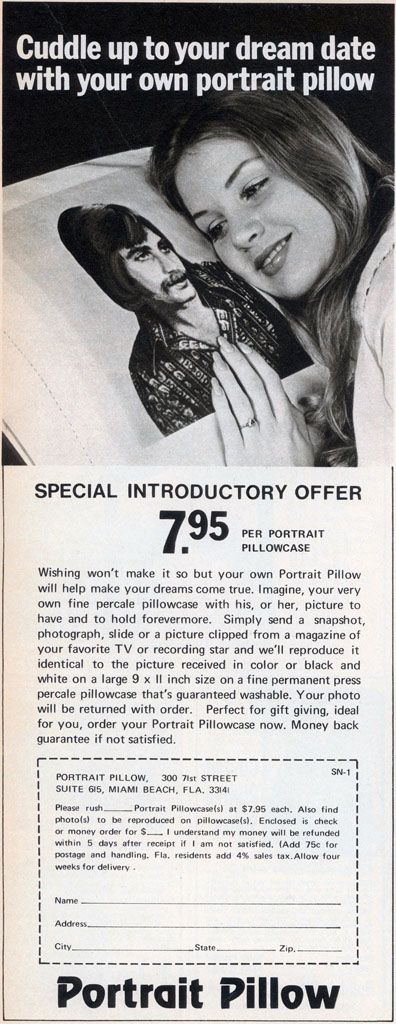Max’s Kansas City » Max’s Kansas City Christmas Dinner, NYC – 1975
(L-R)
Jimmy Wynbrandt, Robert Gordon, Jayne County, Sable Starr, Richard Hell, Tommy Ramone, Dee Dee Ramone, Joey Ramone and Johnny Ramone
during Max's Christmas dinner party at Max's Kansas City, NYC December 1975
©Bob Gruen
Nov 30 – NYC – (L-R) Clem Burke of Blondie, Mike Ness of Social Distortion, Glen Matlock of the Sex Pistols and Walter Lure of the Heartbreakers backstage at the tribute for the 40th anniversary of the Heartbreakers LAMF album at Bowery Electric.
Barb Wire Dolls, Billie Joe Armstrong, Blondie, Bob Gruen, Caroline Taucher, Chris Frantz, Clem Burke, Cory Booker, D-Generation, Dante Vega, Delta 72's, Dr. Vandana Shiva, Emi Helfrich, Flea, Glen Matlock, Green Day, Gregg Foreman, Jack Helfrich, Jakob Dylan, Jared Artaud, Jayne County, Jenni Muldaur, Jesse Malin, Jo Scheuer, Joe Raiola, Johnny Pisano, Josh McClorey, Kris Gruen, Kyoko Helfrich, Lenny Kaye, Little Steven Van Zandt, Liz Lumere, Martin Rev, Michael Stipe, Mike Ness, Miss Guy, Noel Gallagher's High Flying Birds, Olafur, Patti Smith, Perkin Barnes, Pete O'Hanlon, Red Hot Chili Peppers, REM, Revan Walsh, Ric Ocasek, Richard Hell, Richard Lloyd, Ronnie Spector, Ross Farrelly, Sean Lennon, Sex Pistols, Social Distortion, Suicide, Talking Heads, Television, Tenzin Choegyal, The Cars, The Heartbreakers, The Strypes, The Wallflowers, Tony Shanahan, Vacant Lots, Ville Juurikkala, Walter Lure, Yoko Ono








